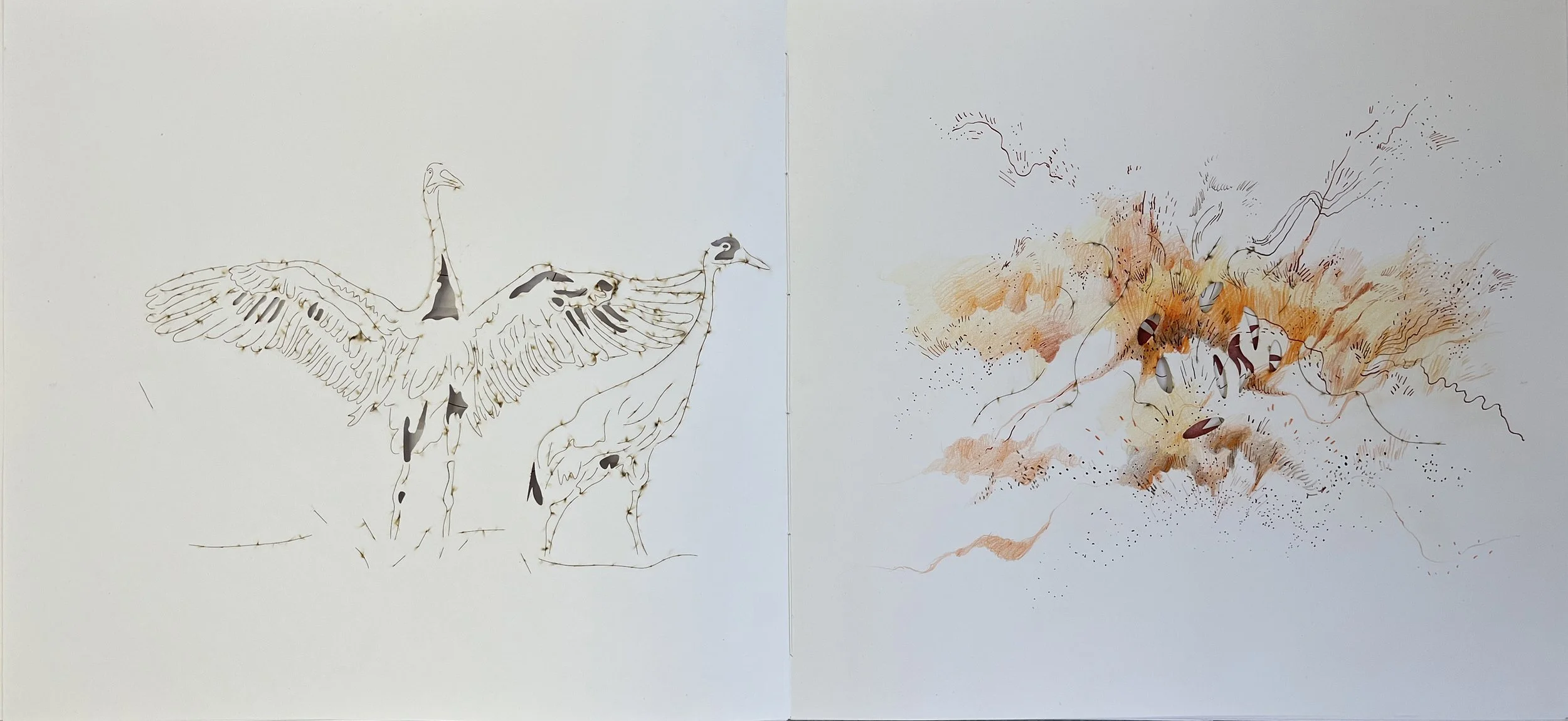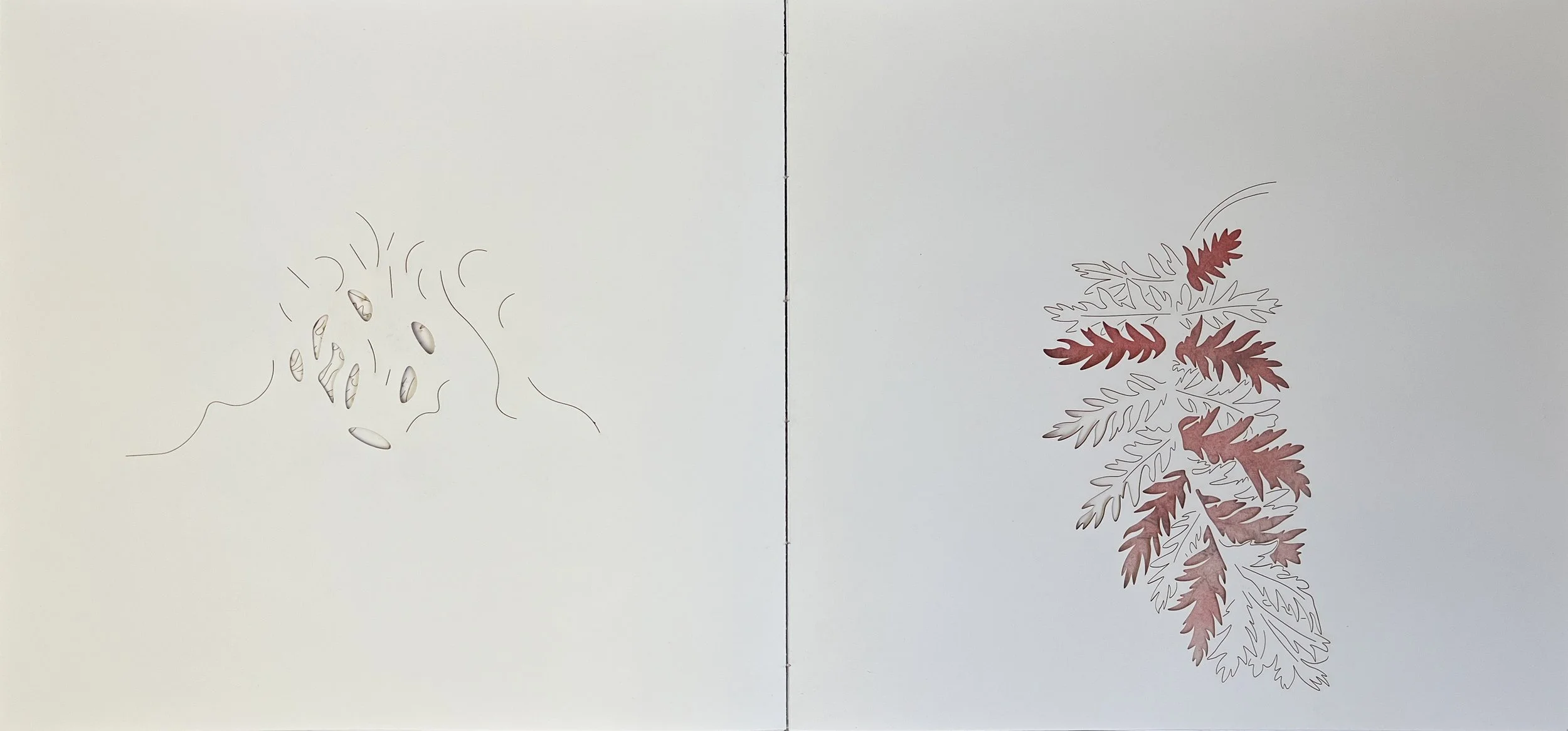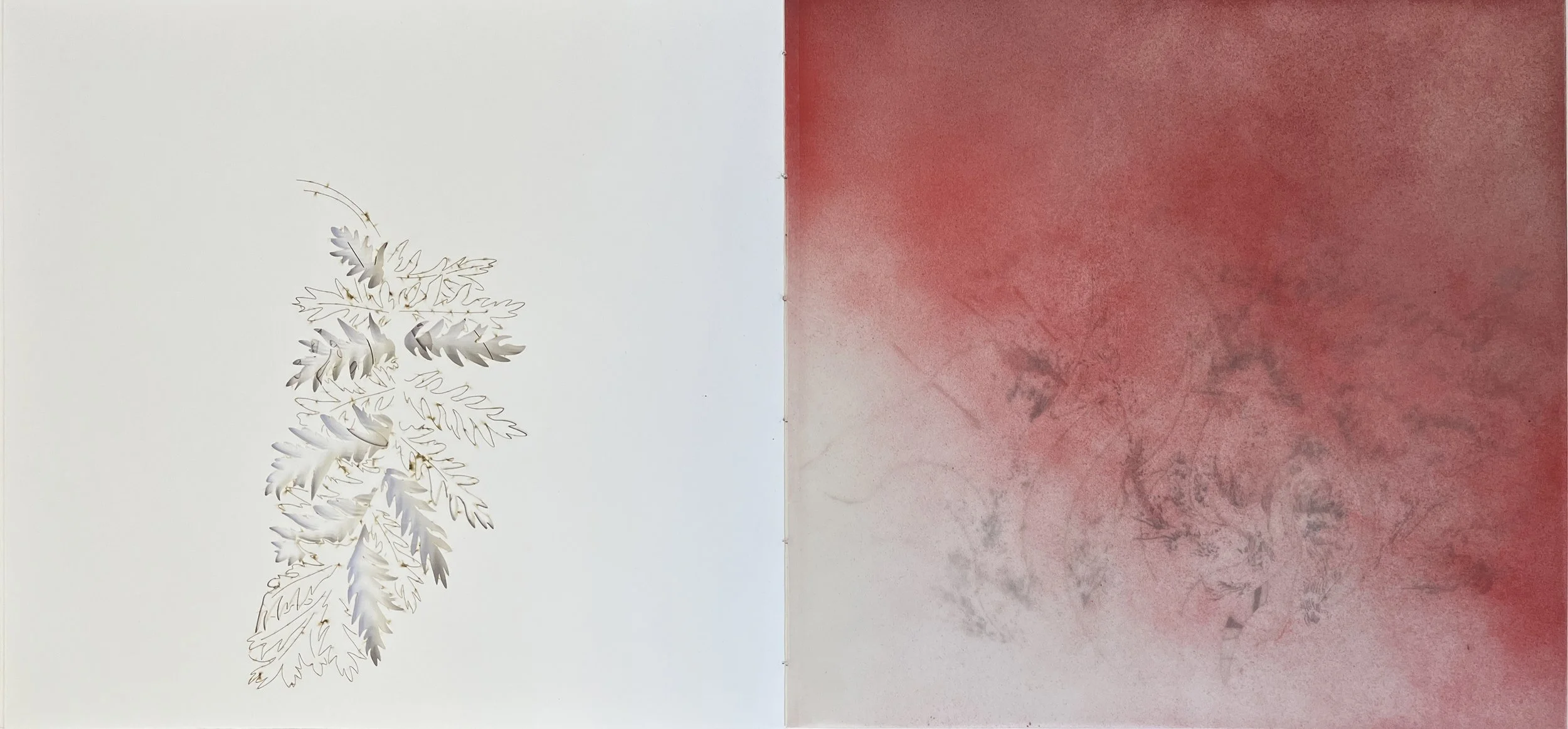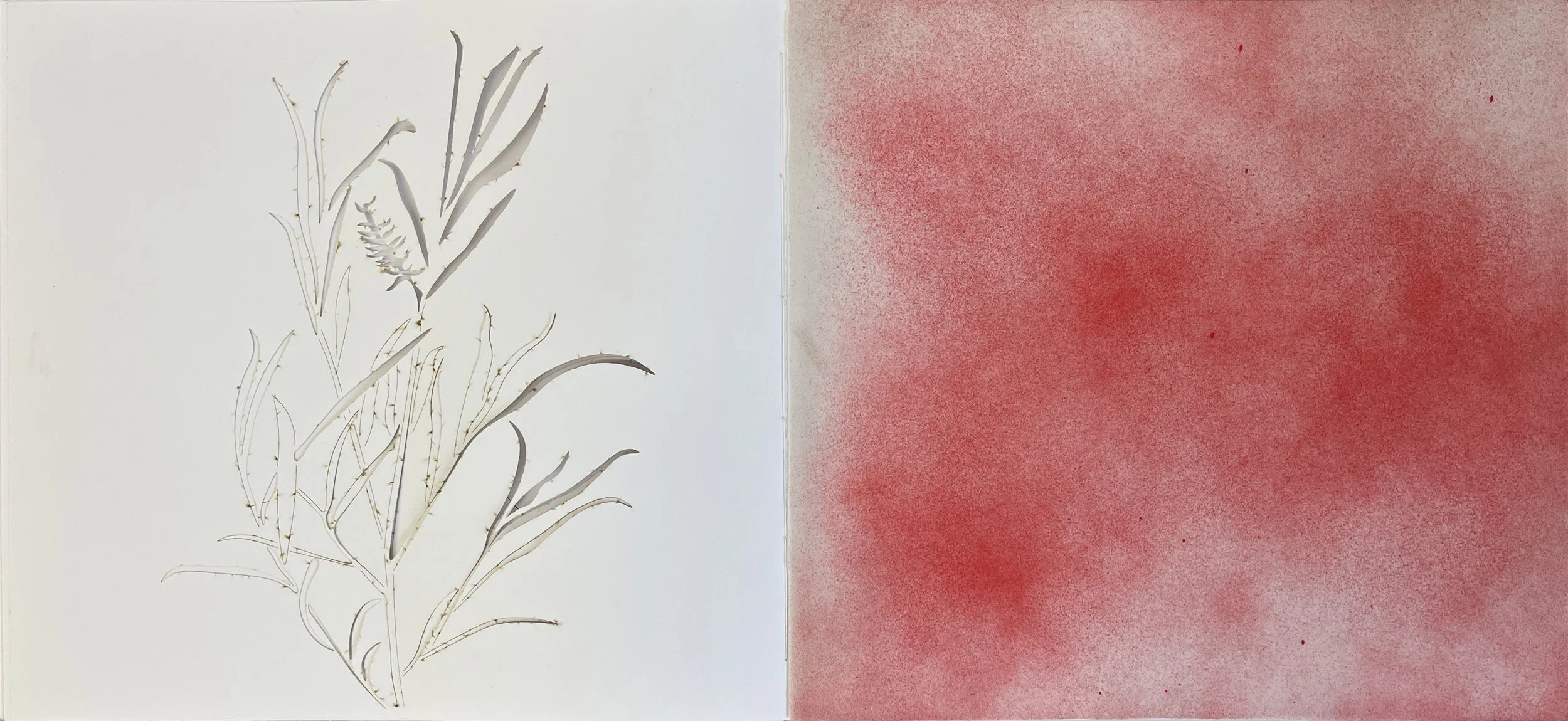Visualizing the Pyrocene: A Requiem for a Lost Biodiversity
2023
The Pyrocene, suggested by Pyne, is a new geological epoch that has emerged in the aftermath of the Anthropocene, marked by the uncontrollable force and dominance of human activities over nature, causing irreparable damage. The Pyrocene proposes a fire-centric perspective on the Anthropocene, focusing solely on the relationship between humans and fire. Nowadays, the increase in the amount of fire in the Earth’s ecosystem and its consequences, such as deforestation resulting from wildfires due to climate change in the Pyrocene, presents an urgent environmental crisis both locally in the Canadian context and globally.
Following the previous semester, my research creation delves into the phenomenon of wildfires, particularly focusing on the devastating Fort McMurray wildfire of May 2016, within the context of Alberta, Canada. This wildfire burned over 500 thousand hectares and caused significant loss and damage to the environment and the residing community. The project aims to channel my passion for exploring the human-nature relationship through environmental issues into a meaningful endeavor that will serve both my personal artistic goals and contribute to the broader understanding of this crucial issue.
In my investigation of the human-fire relationship within the context of the Fort McMurray wildfire, I collect diverse data, including maps, statistics, and information on relevant species and I translate raw scientific data into my visual language.
"The Fort Mc Murray Project: Requiem for a lost biodiversity" is an Artist Book which serves as a narrative to share the stories of the species affected by the wildfire, many of which lost their habitats, perished, or were forced to relocate due to the blaze. To accomplish this, I selected and illustrated 17 species residing in Fort McMurray, particularly during May, and cut them out from paper using laser-cutting technology. This act of removing a species from the paper symbolizes their existence and non-existence simultaneously, offering a portrayal of their loss.
Furthermore, cutting the shape of the species from the paper aligns with the act of removing or deleting, just as they were removed from their natural habitat. It also creates a fragile piece of work, which was important to me. This aligns with representing the fragile nature of our surrounding environment because observing the artwork requires more attention as it is delicate. Thus, it helps me draw the viewer's attention to the need to be more careful with our environment as it can be affected by human’s activities.











